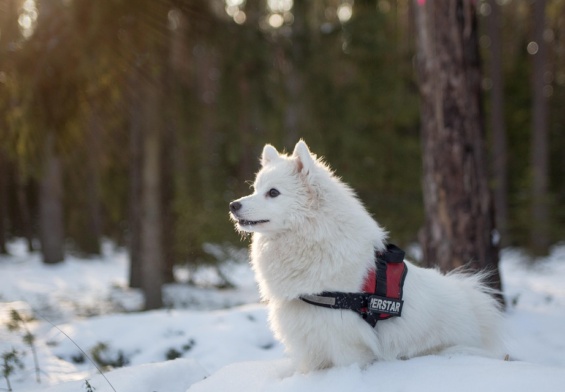Title: Dry Dog Food Revolution: New Formulas & Trends to Watch in April 2025
Introduction
The pet food industry is undergoing a transformative era, with April 2025 marking a pivotal moment in the evolution of dry dog food. Driven by advancements in technology, sustainability, and personalized health, this revolution is redefining how we nourish our canine companions. From eco-friendly insect protein to AI-driven diets, let’s explore the groundbreaking trends shaping the future of kibble.
1. Sustainable and Ethical Ingredients Take Center Stage
Sustainability is no longer a buzzword but a cornerstone of pet food innovation. Insect protein, once a niche ingredient, has surged into the mainstream as companies like EntoBites and Yora Pets lead the charge with cricket- and mealworm-based kibble, offering a low-carbon alternative to traditional meats. Alongside this, upcycled ingredients — such as repurposed brewer’s yeast and vegetable pulp — are reducing food waste while delivering nutrient-rich formulas. Expect to see certifications like Carbon Neutral Pawprint™ on packaging, assuring eco-conscious consumers of their choice’s environmental impact.
2. Personalized Nutrition Goes High-Tech
Gone are the days of one-size-fits-all kibble. In 2025, personalized nutrition is king, with companies like Tailor-Mutt and DNAistro leveraging DNA testing and health-tracking apps to craft customized diets. By analyzing a dog’s breed, age, and health data, these services deliver kibble blends targeting specific needs, from weight management to allergy relief. AI-driven platforms even adjust formulas in real time based on activity monitors synced to smart feeders, ensuring optimal nutrition with every bite.
3. Functional Formulas for Enhanced Wellness
Functional ingredients are revolutionizing kibble as a tool for proactive health. Probiotics and prebiotics dominate for gut health, while omega-3-rich algae supplements support cognitive function. CBD-infused formulas, now federally regulated, address anxiety and joint pain without psychoactive effects. Superfoods like turmeric and blueberries add antioxidant boosts, and Ancient Grains Revival™ sees a return of quinoa and millet, debunking myths around grain-free diets post-DCM concerns.
4. Tech-Integrated Feeding Solutions
Smart technology is reshaping feeding routines. Petnet’s SmartFeeder 3.0 syncs with wearable devices to dispense precise portions based on a dog’s activity levels, while apps like KibbleCloud offer real-time dietary adjustments via vet-approved algorithms. This seamless integration of tech ensures pets receive tailored nutrition effortlessly, aligning with busy lifestyles.
5. Eco-Conscious Packaging Innovations
Sustainability extends beyond ingredients to packaging. Brands are adopting 100% compostable bags and mycelium-based containers that decompose within weeks. Loop Pets, a circular delivery service, partners with major brands to offer reusable kibble containers, reducing plastic waste and appealing to environmentally savvy owners.
6. Regulatory Shifts and Transparency
New FDA guidelines mandate clearer labeling, including detailed sourcing and carbon footprint data. Certifications like Clean Label Project’s Paw Print Promise® guarantee free-from harmful additives, while lab-grown meat, now approved for pet food, enters the market through pioneers like Bond Pet Foods, offering guilt-free, cultured chicken protein.
Conclusion
April 2025 heralds a new era in dry dog food, where innovation meets responsibility. From planet-friendly ingredients to tech-driven customization, these trends empower owners to make informed, ethical choices for their pets. As the industry continues to evolve, one thing is clear: the future of kibble is as dynamic as the dogs it nourishes. Stay ahead of the curve — your furry friend deserves it. 🐾
— By [Your Name], Pet Nutrition Future Trends Analyst
Note: This article reflects projections based on current industry trajectories and emerging technologies as of 2023–2024.





